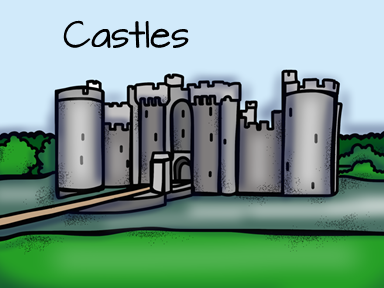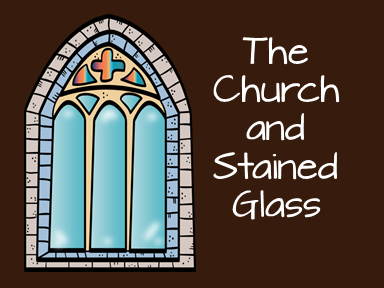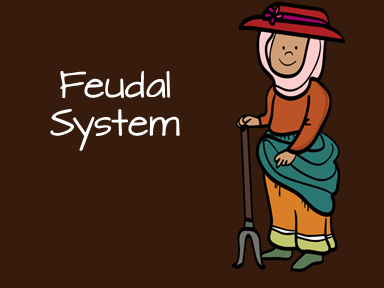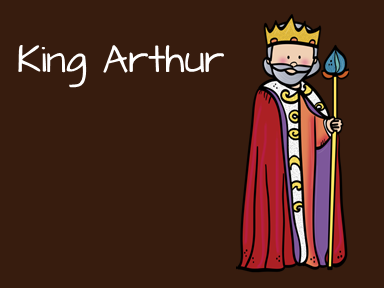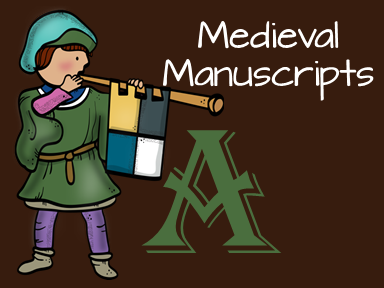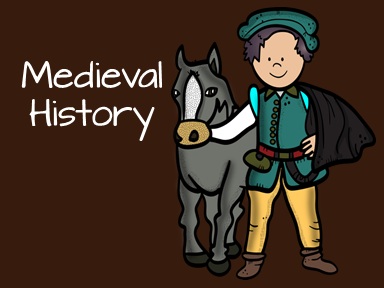Becoming a Knight
Knighthood training began when a boy was only eight or nine years old. The boy practiced archery, fencing, and horsemanship and other skills that were necessary to be a fighter.
When the boy turned fifteen he went to the castle of a friend or relative to begin his formal training as a page. The older knight taught him battle techniques, how to care for horses, hunting and falconry, and gentlemanly behavior.
At the age of eighteen the page became a squire. He was allowed to wear silver spurs and go into combat with the knight who had trained him. The squire served as a bodyguard and carried the master's armor and shield. The squire had to prove himself worthy before he was officially made a knight. Some squires never became knights.
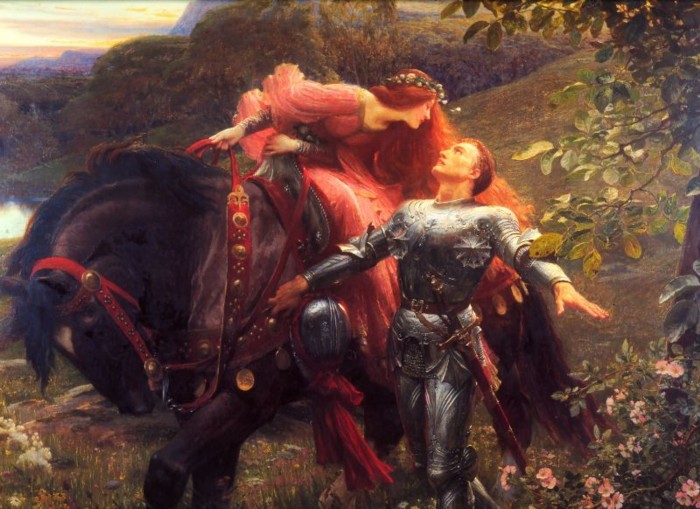

The Suit of Armor
Until the fourteenth century the protective armor was chain mail. Chain mail was made from about 250,000 separate pieces of steel. These pieces were shaped into rings and sewn onto a leather jacket called a jerkin.
After the invention of the longbow, the armor became heavier and thicker. This eventually developed into full plate armor. Full plate armor was very expensive. Only the wealthy knight could afford to buy it. The armor was so complicated that it took two men to dress a knight. The armor was so heavy that knights had a difficult time moving in it. Some even died from suffocation or exhaustion due to the heavy armor.
a head covering |
|
movable part of the helmet that covered the eyes |
|
a collar of metal that protected the throat |
|
metal that covered the shoulders |
|
breast plate |
|
arm protector |
|
metal covering the knee and elbows and allowing for movement of the leg |
|
overlapping plates that form a short skirt around the hips |
|
a glove |
|
net made of metal rings worn under the armor |
|
a metal thigh covering |
|
metal from the ankle to the knee |
|
foot covering |
Weapons
A number of different weapons were used to attack a castle. All of these were used to break through the armor of a knight or the wall of the castle.
Weapons Used on Castles
The battering ram was a huge tree trunk with a head of iron which hung by chains from a tower. The log was pulled back and then released so that it would swing forward and beat down the castle walls. Sometimes a pointed log was placed on the chains. This was called a bore. It was used to open a hole in a wall instead of knocking it down. |
|
The ballista was a giant crossbow on a platform used to throw stones and balls of fire. |
|
The catapult was like a giant slingshot and was used to hurl javelin like shafts. |
|
The belfry was a wooden tower with scaffolding. It was covered with wet hides to protect it from fire. Soldiers used the belfry to climb to the top of the castle wall. |
Knights and foot soldiers fought one-on-one. Knights fought in a suit of heavy armor while the foot soldier wore little protection. They used a variety of weapons including the ones below.
The Soldier's Weapons
lance |
spear carried by knights on horseback |
long bow and arrow |
weapon used by foot soldiers |
mace |
a club made of a ball with spikes attached to a wooden handle and carried by foot soldiers |
dagger |
a short, double-edged knife |
battle axe |
a long handled axe |
crossbow and arrow |
a compact bow and arrow carried by foot soldiers |
sword |
a heavy, double-edged steel long, knife-like weapon |
scabbard |
a cover or shield for a sword |
halberd |
a combination battle axe and lance |
bludgeon |
a club with the ball attached to the club by a chain |
hawk's beak |
a short halberd used to pierce mail |

